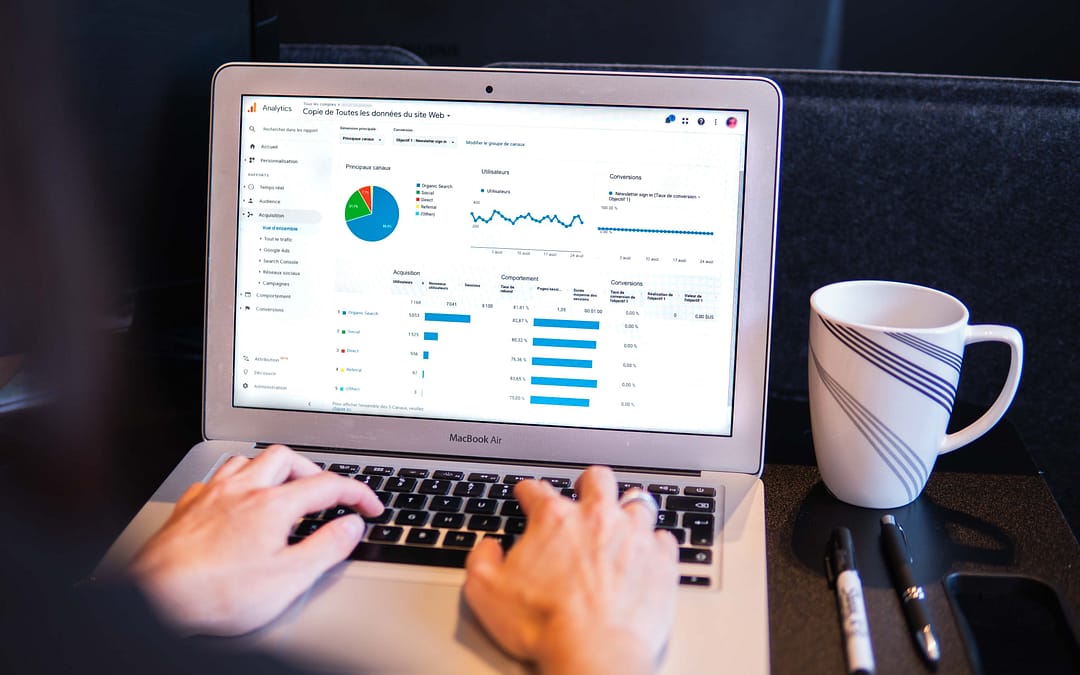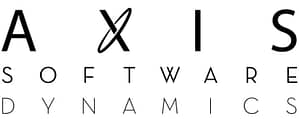Data is always a hot topic for businesses, and the tools built around data have become incredibly powerful. They can bring up interesting statistics or create an analysis in seconds that would otherwise take months to do manually sifting through data. With the big emphasis on data, there is an abundance of tools on the market, but deciding on which is right for your business can be challenging.
Business Intelligence Types
BI tools are software that’s used for many different purposes, which is why it’s important to pick the correct one. They are there to help retrieve data and sort it, process it, analyze it and perform actions to create easily digestible reports. These tools take your raw data and provide you the insights you desire and give you the knowledge to make data driven decisions.
There are a plethora of sub-categories under business intelligence:
- Spreadsheets
- Dashboards
- Visualization
- Reporting
- Data Mining
- Warehouse Tools
- Decision Intelligence
- Performance Management
- UML
- And more!
They each provide different ways to handle data and view it. Some like solid numbers and others like well presented charts showing values. It comes down to what you want to monitor and what you want to know.
Which Is Right for Your Business Model
One way to help choose is to look at what you currently want to improve. What areas are missing something or could be performing better? What are you not monitoring at all? Sometimes the right BI tool is one that monitors internal processes, it’s not always about customer behaviors. There are a few more questions you can ask yourself to help discover the right one.
What do you want to improve?
This can range from increasing revenue, internal efficiency, or even just making better data driven decisions.
Who will use this tool?
BI tools are developed towards the individual/team using them. Is it the finance department, product quality team, analytics team, or someone else? Focusing on who’s using it rather than who/what it’s analyzing is a key decision.
Where is the data coming from?
You might be thinking of a database of course, but this isn’t always the case. Data can come from an array of areas like surveys, emails and other sources from your data warehouse. Will it only be working with historical data or do you need some real-time analytics? Most will integrate with different sources and be able to collate and cross-reference, but you must ensure it supports all your required data sources.
Advantages of Business Intelligence
If you can work through these questions and find the answers, collaborate with the end user to find the best solution. Whoever will be using it has to be comfortable with it and make sure it will pull the data required. Your marketing team will want a dashboard and probably won’t need to do complex SQL, R or python queries, but your data analyst team will.
Still feeling a little lost in a sea of data? Contact us at Axis Software Dynamics and take advantage of our consultation service. We are here to assist you with making the right choice for your business.






